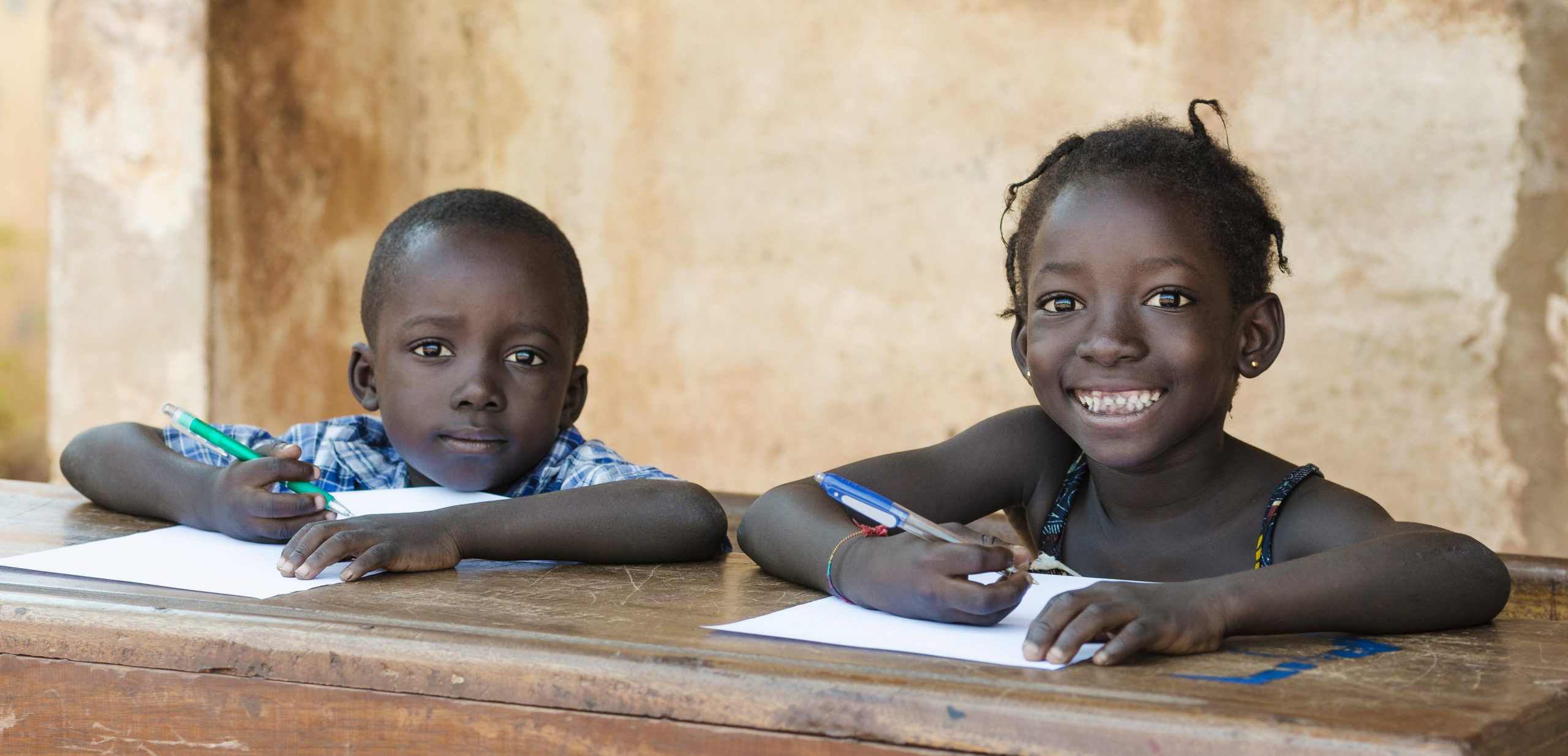Methods
1. MPL and GPF
Minimum Proficiency Levels (MPLs)
The Minimum Proficiency Level (MPL) is the benchmark of basic knowledge in a domain (mathematics, reading, etc.) measured through learning assessments.
Key Resources
Minimum Proficiency Levels used to report for indicator 4.1.1 UNESCO-UIS
Global Proficiency Framework (GPF)
The Global Proficiency Framework, or GPF, describes the specific knowledge and skills that students in grades one to nine should be able to demonstrate in reading and mathematics at their respective grade levels. It differs from the MPLs in that it assigns student mastery a performance level.
Key Resources
Global Proficiency Framework for Reading & Math Toolkit USAID, Aug 2019
2. National Assessment Methodologies
Statistical Linking
These are methods that can help countries map existing assessment data to regional and international assessment data so that it can be used to report to the 4.1.1 indicator. Examples include:
- Rosetta Stone Study: The Rosetta Stone is a pilot program designed to establish a relationship between existing national and regional assessment data and international assessment scores so that the existing data is relevant to the indicator 4.1.1.
- AMPL: AMPL has 3 modules (AMPL-a, -b, -c), with each measuring 4.1.1 indicators at the following three levels of education (a: Grade 2/3, b: end of primary, c: end of lower secondary). AMPL modules can be administered as standalone assessments or as sections integrated into existing assessments.
Key Resources:
Rosetta Stone Study, UNESCO-UIS
MILO: Monitoring Impacts on Learning Outcomes, UNESCO-UIS, 2022
Assessments for MPLs – MILO, UNESCO-UIS
Non-Statistical Linking
This methodology draws educators, curriculum and subject matter experts together to determine the relationships between existing data and indicator 4.1.1 proficiency levels. Policy Linking is an examples of this method.
- Policy Linking: This entails training in-country reading and mathematics experts (mainly teachers) to use an internationally approved judgment method to set the minimum score students must achieve to meet the global definition of MPLs.
Key Resources
Policy Linking for Measuring Global Learning Outcomes Toolkit, USAID, March 2021
Draft Criteria for Policy Linking Validity, UNESCO-UIS, January 2020
Key Resources
Reporting learning outcomes in basic education: Country’s options for indicator 4.1.1
Additional Assessment Methodology Resources
TIMSS and PIRLS
TIMSS and PIRLS are international assessments that monitor trends in student achievement in mathematics, science, and reading.
PISA
PISA is the OECD’s Programme for International Student Assessment. PISA measures 15-year-olds’ ability to use their reading, mathematics and science knowledge and skills to meet real-life challenges.
PASEC
Programme for the Analysis of Education Systems (PASEC) is intended for francophone countries in West Africa and measures reading and mathematics at grades 2 and 6. The grade 6 data can be used to report to indicator 4.1.1b.
PILNA
EQAP administers the Pacific Island Literacy and Numeracy Assessment (PILNA), the Pacific’s largest regional assessment of literacy and numeracy.
SEA-PLM
The Southeast Asia Primary Learning Metrics (SEA-PLM) is a regional learning assessment and capacity building programme designed by and for Southeast Asian countries to improve relevant and equitable learning outcomes for students in basic education.
SACMEQ
The Southern and Eastern Africa Consortium for Monitoring Education Quality (SACMEQ) measures reading and mathematics skills at grade 6 and the data can be used to report to indicator 4.1.1b.
Want to learn more about how your country can use learning data? Contact the Coalition for Foundational Learning to discuss your specific country needs and interests.

